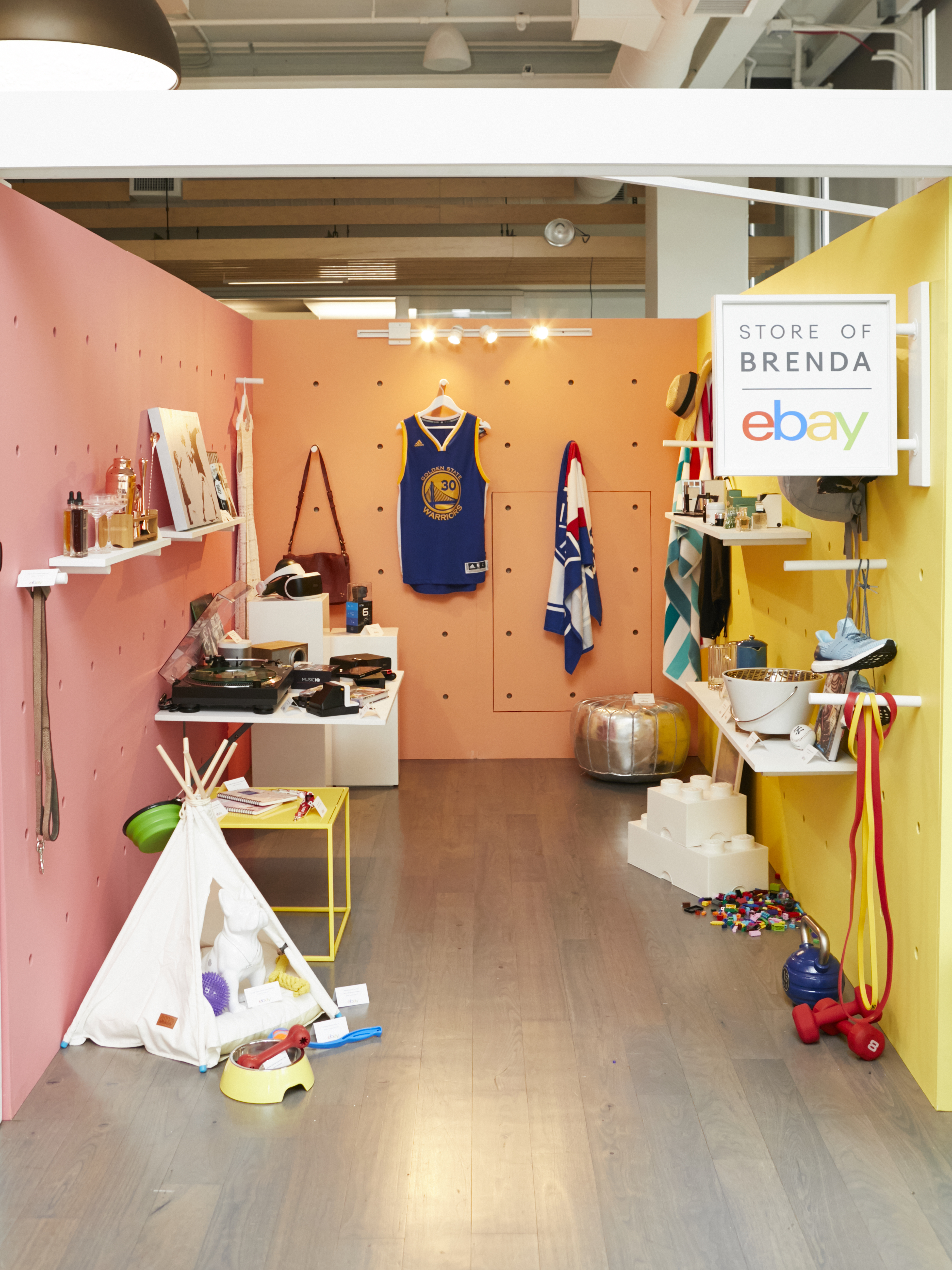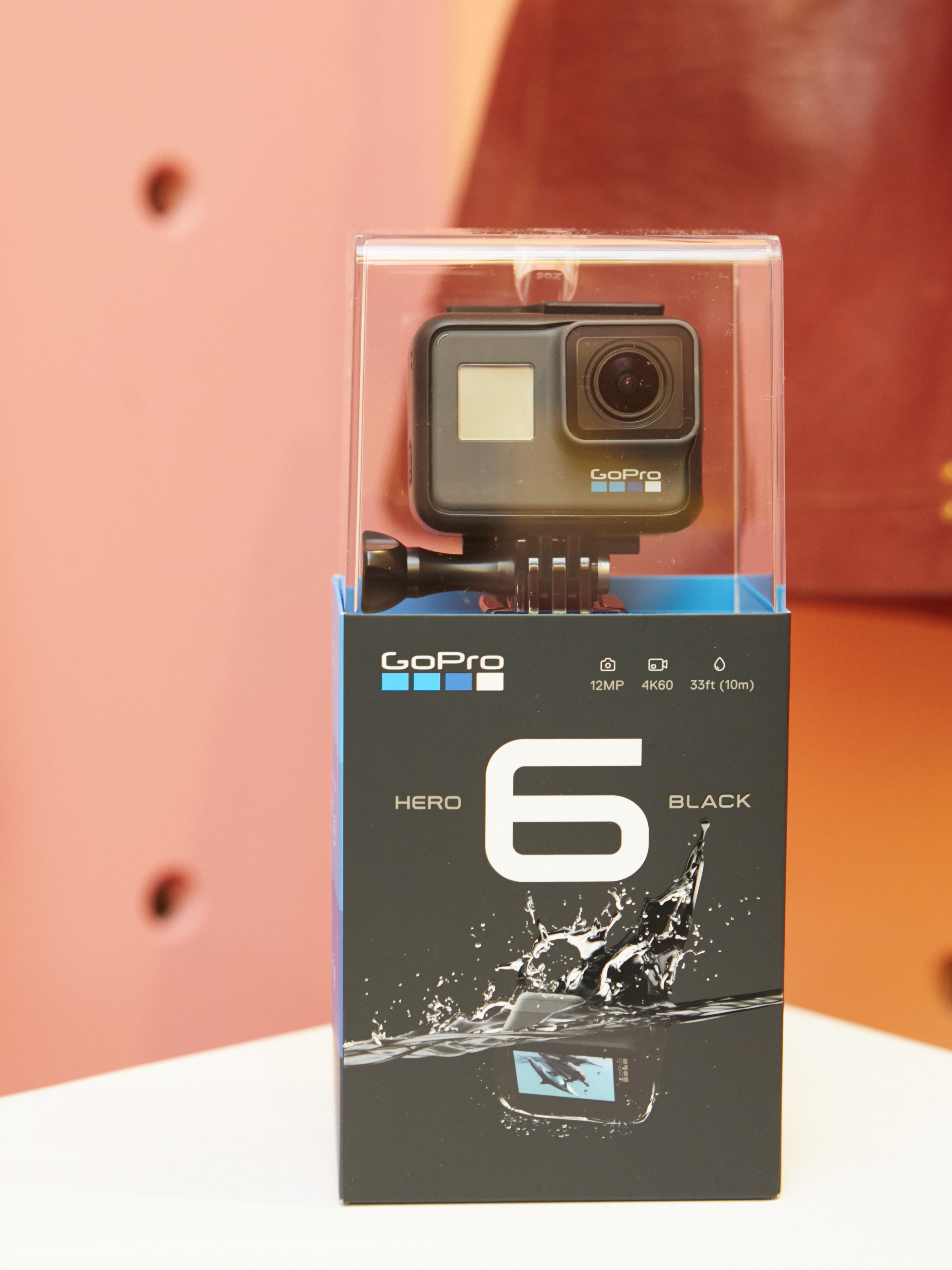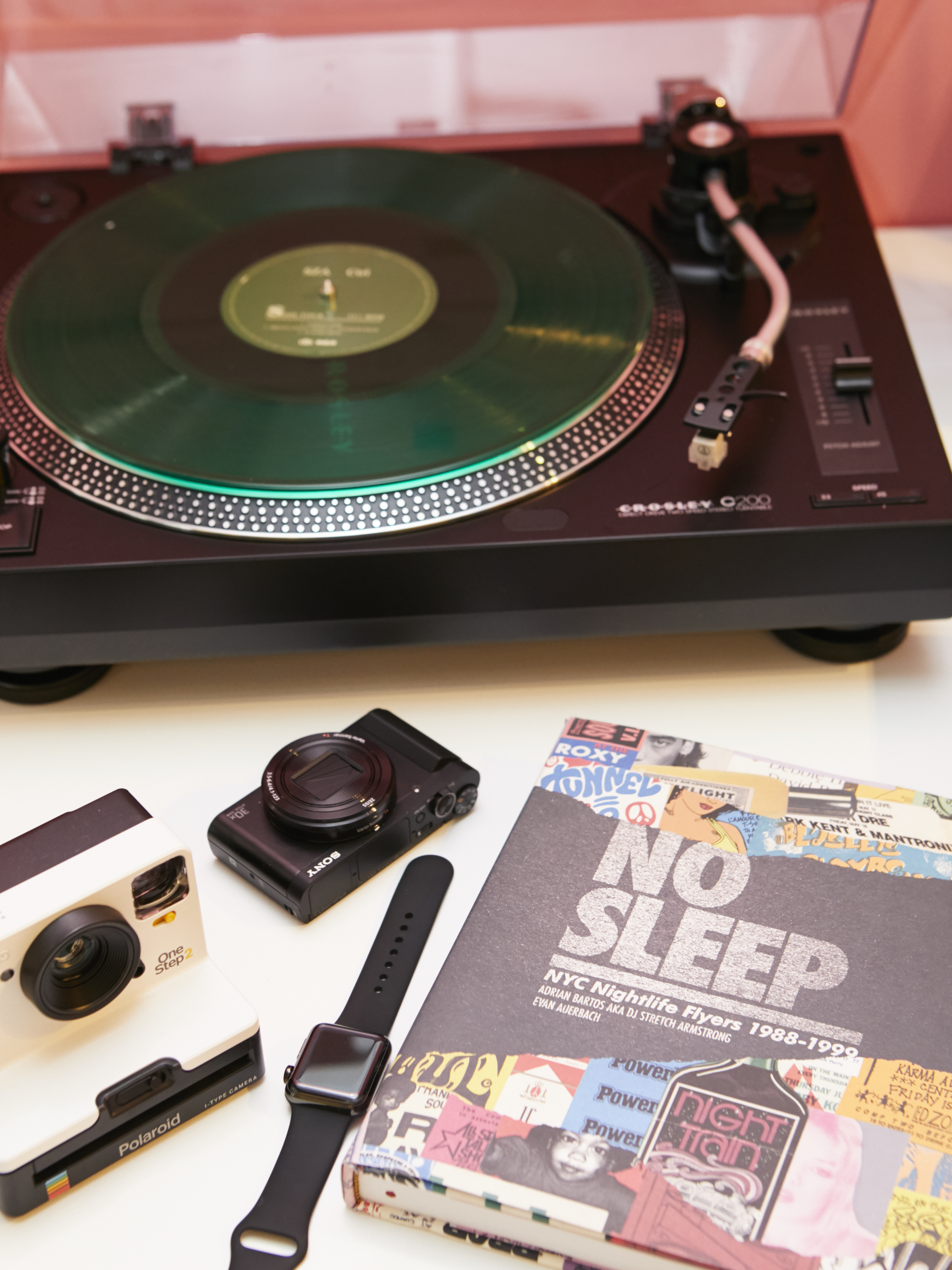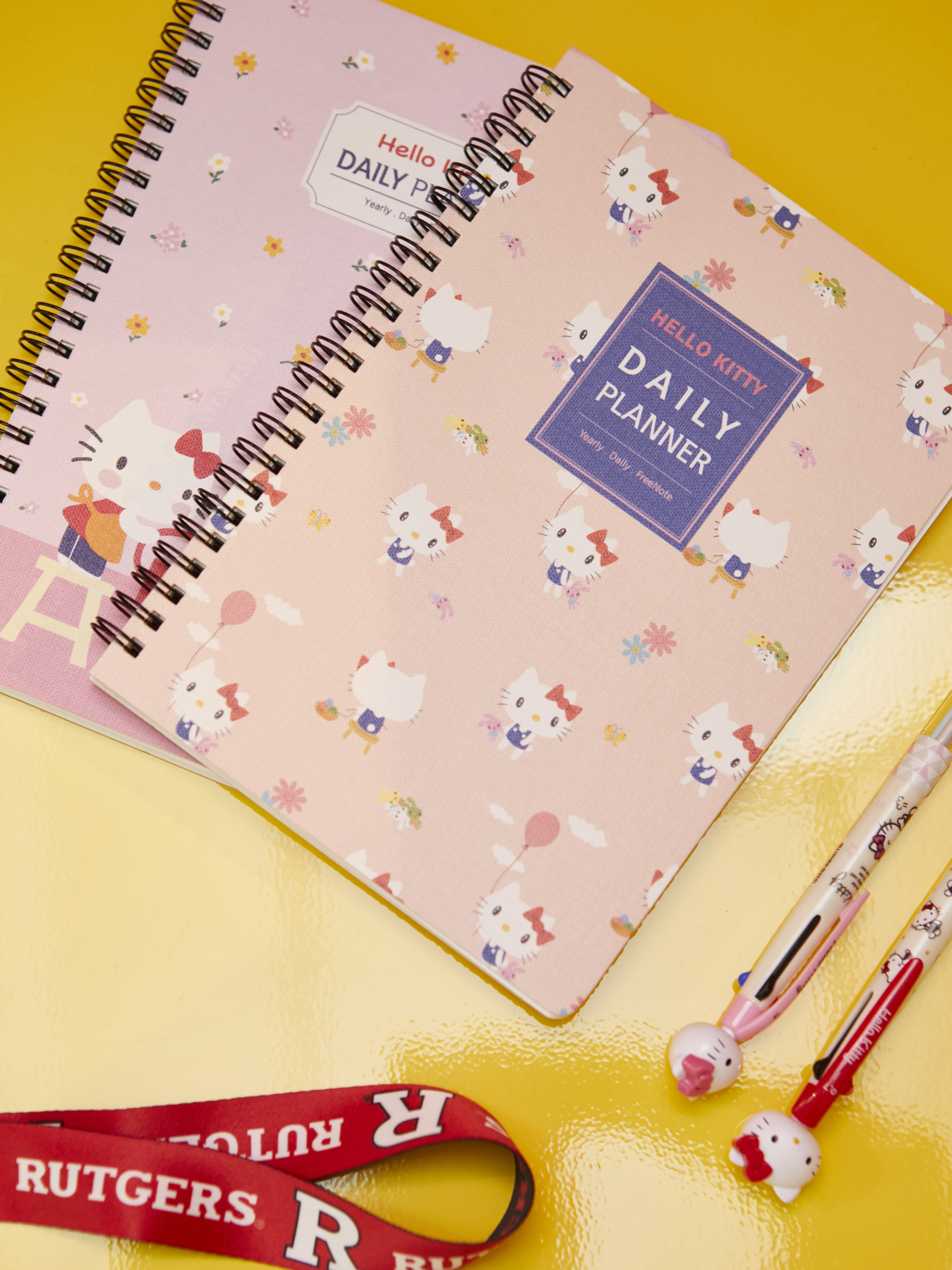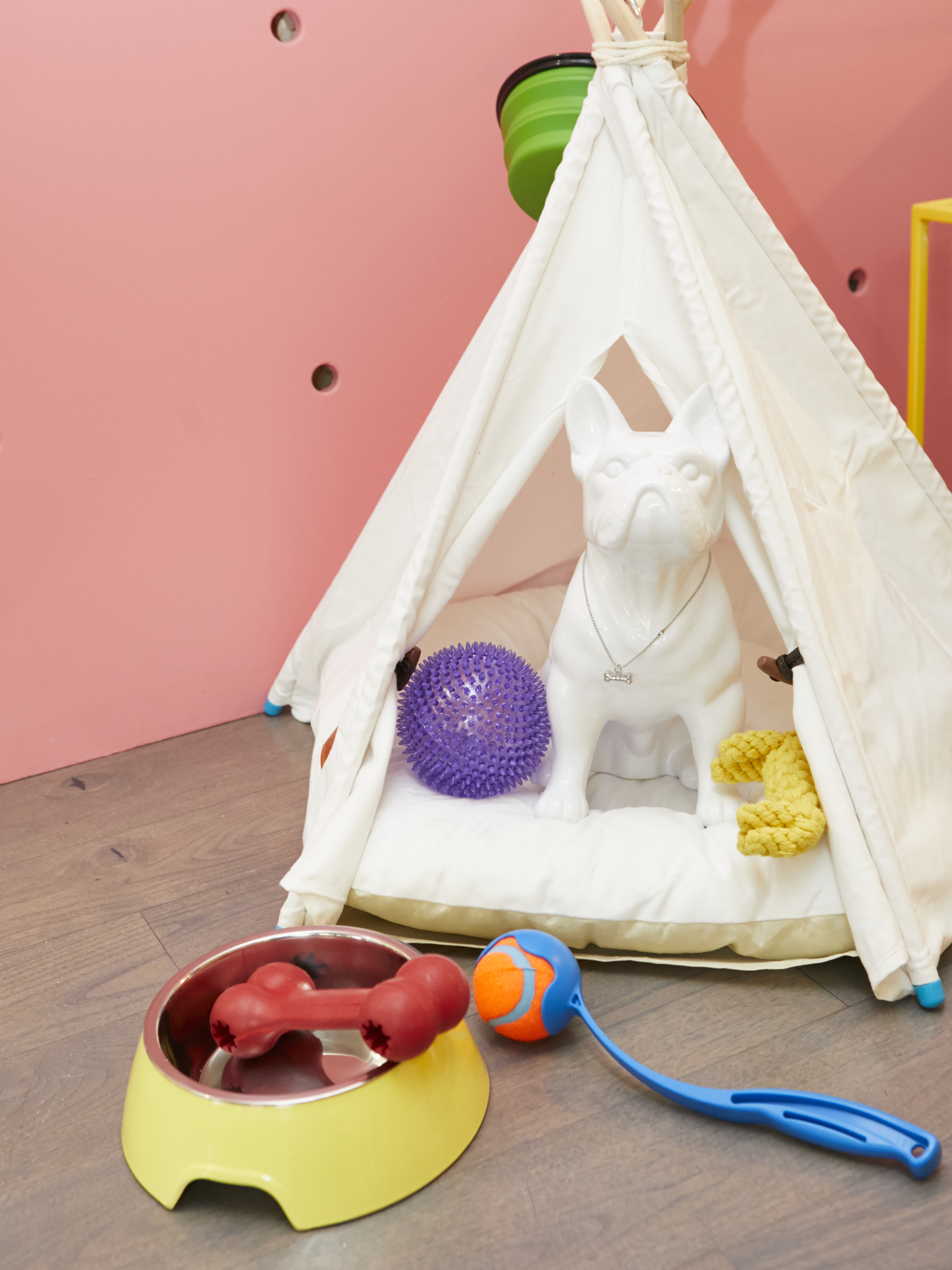Upon meeting with the eBay team at their office in New York City, I was brought over to a room with a sign that read “Store of Brenda,” which was filled with items curated for me based on a short questionnaire I filled out prior to the visit. Scanning the room, it felt like my wish list came to life — from a Nintendo Switch to La Mer skincare products and the Polaroid instant film camera, I didn’t know which item to look at first. With the launch of eBay’s “Interests” feature, the company is attempting to create a similar experience for its users each time they open the eBay app on their smartphones.
With Interests, eBay is providing users with a personalized shopping experience based on their hobbies, style preferences, and more. When you open the eBay app, you’ll be see a banner that gives you the option to answer a few questions when it comes to your favorite activities, sports teams, and clothing preferences, among other things. Your interests are then matched with your browsing patterns and your home page will adapt to the changes in real time — providing you with products and brands you might already be a fan of or new ones to discover.
“We realize that personalization is the future … that [people] don’t care about content that’s not personalized. Gone are the days where people in high offices who are designers, who are retailers, or editors are dictating trends. Trends are coming from all over the place, styles are coming from all over the place … in order for us to react to this new world of shopping which is a personal experience, our catalog had to have the structure attached to it,” Bradford Shellhammer, head of Browse & Personalization for eBay, told Digital Trends,
Rather than attempting to re-create or revolutionize strategies other e-commerce sites are using, eBay took a page from the world of streaming. Inspired by services like Spotify that offer users playlists and artists based on what they already listen to, the eBay app essentially behaves the same way but with products. Using machine learning and algorithms, you’ll only see items you’re interested in or related items you might like as well.
The feature is available for both new and existing customers to use. For those who use eBay often, adding your interests will help feed the algorithm already in place based on your shopping behavior. For instance, if you search for a baseball cap after adding that your favorite team is the Baltimore Orioles, then you’re more likely to receive results that include O’s merchandise. As for new customers, the hope is that Interests will serve as a destination shoppers can rely on to not only fuel but also broaden their interests.
“A fashion customer who loves home and her cat won’t see car parts and accessories or men’s things … if we are truly agnostic to what people buy, then we should probably take a backseat to what we think people will buy and double down on the things we think they’ll engage with or interact with” Shellhammer said. “It’s more than just buying … we believe there is an opportunity for people to view eBay as a place to get inspiration.”
You also have the option of adding more interests or editing the current ones. The team is currently working on a feedback mechanism that will allow you to select specific items you want to see more or less of throughout the app. Other future plans will include the ability to tap on a heart icon to symbolize you “like” an item — in order to help narrow in on your interests even further.
The Interests feature is currently available on eBay’s mobile app for iOS and Android in the U.S.. Throughout the next few months, it will continue to roll out for desktop and mobile web.
Editors' Recommendations
- 17 hidden iOS 17 features that you need to know about
- iOS 17’s coolest new feature is horrible news for Android users
- 5 hidden iPhone 14 Pro features you need to use
- Is Snapchat free? Here’s how much you’ll need to pay for it
- Photographic Styles is the most underrated iPhone 14 camera feature you’re not using

